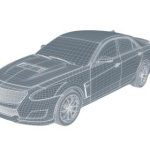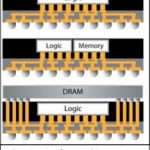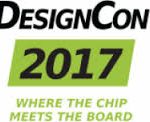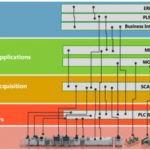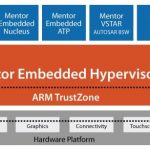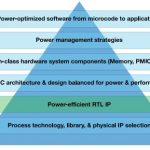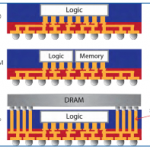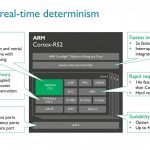Mentor has an especially strong position in the automotive space given their broad span of embedded, SoC, mechanical and thermal and system design tools. Of course, these days demonstrating ISO 26262 compliance is mandatory for semiconductor and systems suppliers, so EDA vendors need to play their part to support those suppliers… Read More
Fan-Out Wafer Level Processing Gets Boost from Mentor TSMC Collaboration
I caught up with John Ferguson of Mentor Graphics this week to learn more about a recent announcement that TSMC has extended its collaboration with Mentor in the area of Fan-Out Wafer Level Processing (FOWLP).
In March of last year Mentor and TSMC announced that they were collaborating on a design and verification flow for TSMC’s… Read More
DesignCon 2017 and Mentor Graphics
It’s hard to believe but this is DesignCon #22 and being a Silicon Valley conference I have attended my fair share of them. This year it seems like high speed communications will take the lead followed by the latest on PCB design tools, power and signal integrity, jitter and crosstalk, test and measurement tools, parallel … Read More
Industrial IoT (IIoT) – Beyond Silicon Valley
Industry 4.0, Smart Factory 1.0, and Internet of Manufacturing are industry initiatives aimed at accelerating the Industrial IoT. With current market forecast exceeding $40 billion and projected to approach $100 billion by 2020, IIoT has everyone’s attention. Well, almost everyone. Turning volumes of factory data into actionable… Read More
Who Left the Lights On?
I attended a Mentor verification seminar earlier in the year at which Russ Klein presented a fascinating story about a real customer challenge in debugging a power problem in a design around an ARM cluster. Here’s the story in Russ’ own words. If you’re allergic to marketing stories, read it anyway. You might… Read More
Real Time Virtualization, How Hard Can it Be?
My first exposure to running something virtual on a computer was when I decided to run the Windows OS on my MacBook Pro using software provided by Parallels. With that virtualization I was able to run the Quicken app under Windows on my MacBook Pro, along with the popular Internet Explorer web browser. The app performance on virtualized… Read More
How ARM designs and optimizes SoCs for low-power
ARM has become such a worldwide powerhouse in delivering processors to the semiconductor IP market because they have done so many things well: IP licensing model, variety, performance, and low-power. On my desk are two devices with ARM IP, a Samsung Galaxy Note 4 smart phone and a Google tablet. Most of my readers will likely have… Read More
Design for Fanout Packaging
In constant pursuit of improved performance, power and cost, chip and system designers always want to integrate more functions together because this minimizes inter-device loads (affecting performance and power) and bill of materials on the board (affecting cost). However it generally isn’t possible to integrate … Read More
ARM and Mentor talk about Real Time Virtualization, Webinar
Processor cores come in a wide variety of speeds, performance and capabilities, so it may take you some time to find the proper processor for your system. Let’s say that you are designing a product for the industrial, automotive, military or medical markets that has an inherent requirement for safety, security and reliability… Read More
Mentor’s Battle of the Photonic Bulge
A few weeks back I wrote an article mentioning that Mentor Graphics has been quietly working on solutions for photonic integrated circuits (PICs) for some time now, while one of their competitors has recently established a photonics beachhead. One of the most common challenges for PIC designs is their curvilinear nature, thus… Read More


